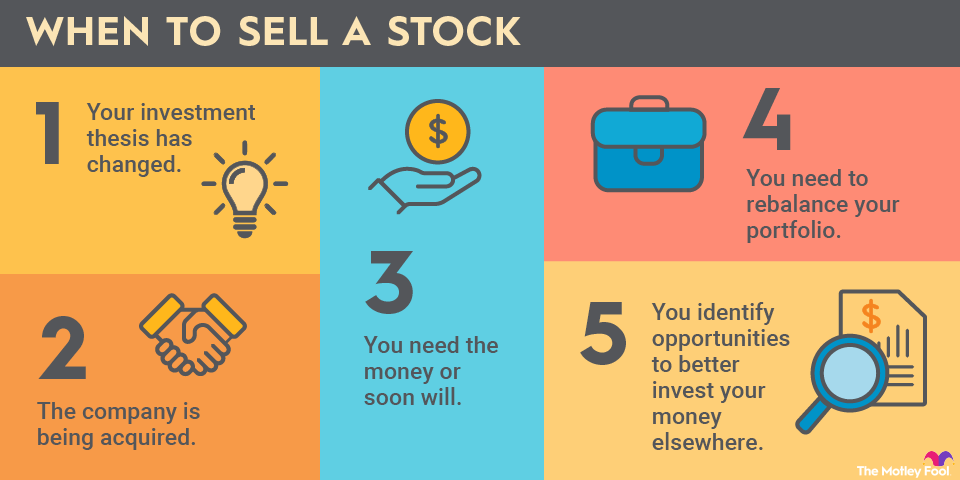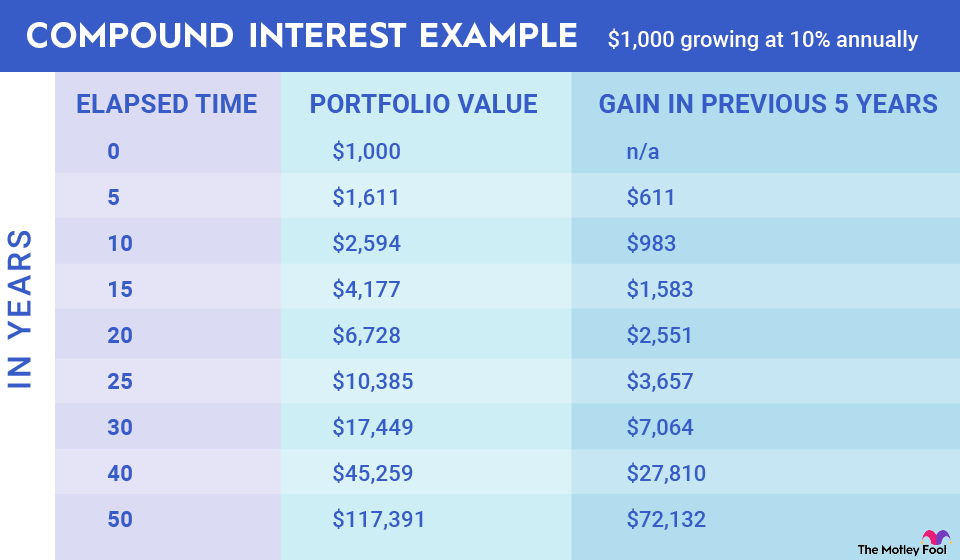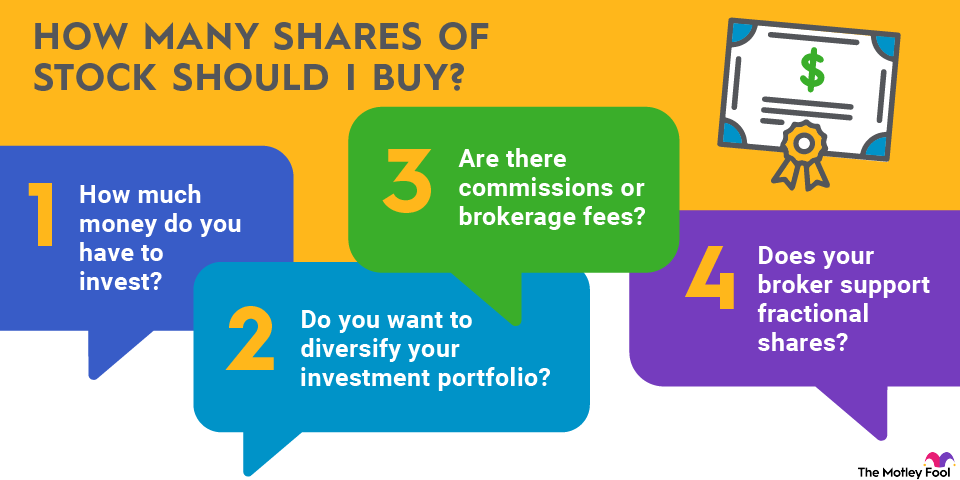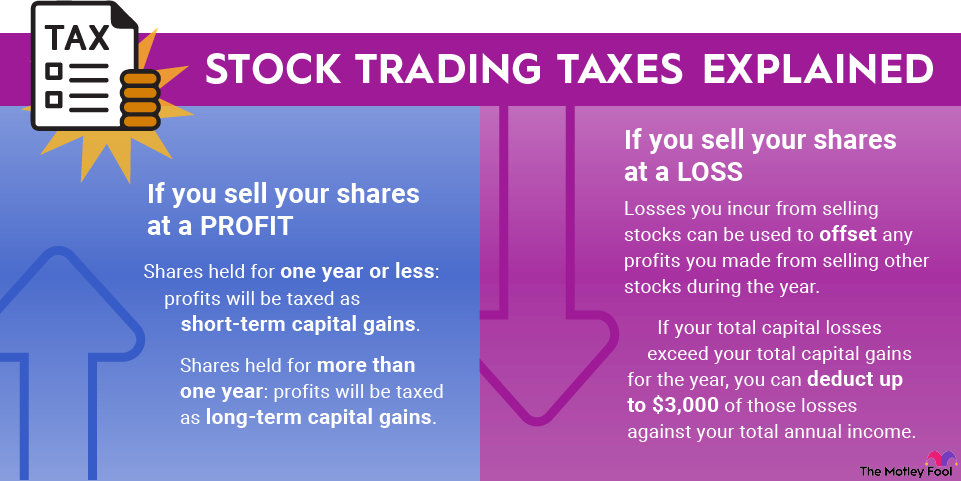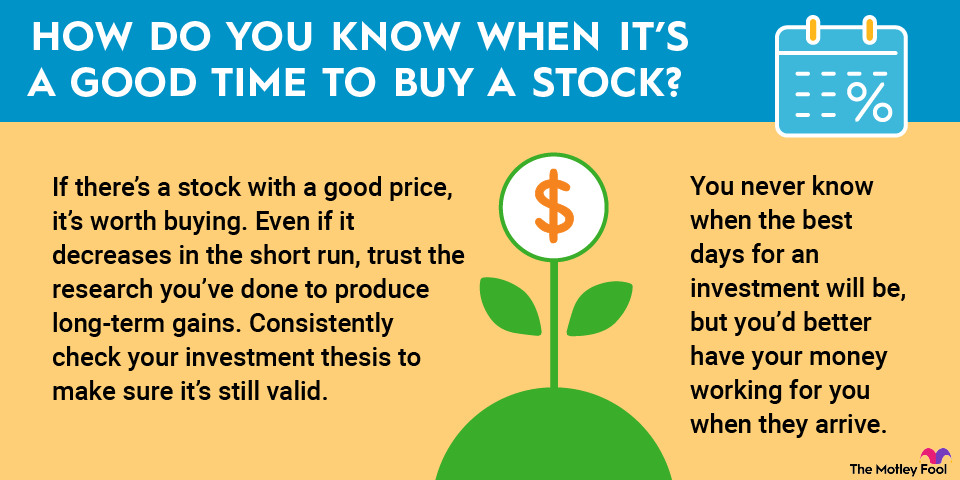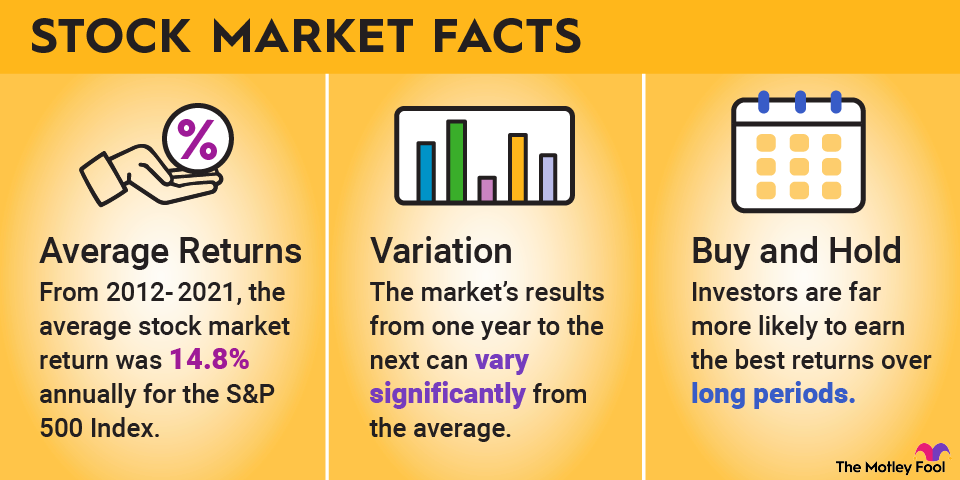Duolingo (DUOL +0.80%) is a popular language learning platform that's designed to make education free, fun, and accessible through bite-sized lessons. The platform uses interactive exercises to build skills in reading, writing, listening, and speaking to adapt to a user's pace and performance. Users can learn on their computers, phones, or tablets, so it’s easy to fit lessons into a busy schedule.

NASDAQ: DUOL
Key Data Points
The platform uses points, levels, and streaks to motivate users and make learning feel like a game. It also adapts lesson difficulty and content based on a user's performance, so it can focus on areas where the student needs more practice. Duolingo offers a wide variety of language courses, from widely spoken languages like Spanish to less common ones like Welsh.
Duolingo operates on a freemium model, including one free version with ads and two premium versions. Super Duolingo is one of the company’s paid subscriptions that removes ads and offers other benefits like personalized practice. Duolingo Max is a higher-priced tier that incorporates advanced artificial intelligence (AI) features for tasks such as role-playing conversation practice.
Duolingo was founded by Luis von Ahn, a professor at Carnegie Mellon University, and his graduate student Severin Hacker. The idea stemmed from von Ahn's belief that language education was expensive and inaccessible, and Hacker's desire to create a free, transformative educational tool. After von Ahn sold his previous company, reCAPTCHA, to Alphabet's (GOOGL -0.08%) (GOOG -0.07%) Google, he and Hacker developed the language-learning platform, launching its beta website in 2011 and public app in 2012.
Duolingo's first revenue stream involved users studying English to translate passages into their native languages, an idea that eventually led to the Duolingo English Test. Due to the lack of revenue from this crowdsourced translation service, the company ended up turning to venture capital. Duolingo introduced advertising and subscription services to support its mission to provide free education to users.
Duolingo's initial public offering (IPO) in 2021 was one of many successful company debuts that year, with shares soaring 36% on its first day of trading on the Nasdaq. The company raised more than $520 million in its IPO and closed its first trading day with a market capitalization of almost $5 billion.
If you want to learn how to buy Duolingo stock, how the company is doing financially, the pros and cons of investing in the company, and more, you’ve come to the right place. Let’s dive right in.
How to buy Duolingo stock
If you want to buy shares of Duolingo stock, here's your easy step-by-step guide to add the stock to your investment portfolio.
- Step 1: Open your brokerage account: Log in to your brokerage account where you handle your investments.
- Step 2: Search for the stock: Enter the ticker or company name into the search bar to bring up the stock's trading page.
- Step 3: Decide how many shares to buy: Consider your investment goals and how much of your portfolio you want to allocate to this stock.
- Step 4: Select order type: Choose between a market order to buy at the current price or a limit order to specify the maximum price you're willing to pay.
- Step 5: Submit your order: Confirm the details and submit your buy order.
- Step 6: Review your purchase: Check your portfolio to ensure your order was filled as expected and adjust your investment strategy accordingly.
Should I invest in Duolingo?
Whether or not you should invest in Duolingo is a personal decision. It depends on the types of stocks you generally gravitate toward, the composition of your personal investment portfolio, your risk tolerance level, and portfolio goals, among many other factors.
If you tend to be a growth-driven investor, there are some reasons to consider scooping up at least a few shares of Duolingo.
- Duolingo had an impressive year in 2024, reporting a 41% increase in revenue, and a 43% increase in paid subscribers.
- User engagement also soared in 2024, with a 51% surge in daily active users to over 40 million individuals by the end of the year.
- In the second quarter of 2025, the company reported a 41% year-over-year revenue increase to more than $252 million. Duolingo also has a strong cash position with minimal debt.
- If Duolingo can execute it right, the company's AI-first strategy powered by its proprietary Birdbrain AI and tools like OpenAI's GPT-4 could be a significant differentiator.
- Duolingo is using AI to dramatically accelerate content development. In April 2025, the platform launched 148 new courses, compared to the decade it took to build its first 100.
- The company is leveraging its AI technology to expand beyond language courses into new subjects like math, chess, and music, and to create personalized, scalable, and profitable educational content.
- As the most downloaded language-learning app, Duolingo's powerful brand recognition and creative marketing drive organic, word-of-mouth growth that optimize platform expansion while minimizing operational costs.
- By focusing on growing its premium subscriptions, Duolingo has successfully slashed its reliance on revenue from its advertising segment.
All of these factors bode well for the growth of the business in the years ahead, which can also translate to stock price gains for long-term shareholders. At the same time, there are some elements to consider that might make the stock a less attractive pick for certain investors.
- Duolingo's stock trades at a very high price-to-earnings (P/E) ratio, which could suggest that near-term growth is already priced into the stock.
- Despite its own use of AI, Duolingo faces competitive risk from existing generative AI models that can offer fast translation and other language services.
- User growth remains strong, but has slowed from a few years ago.
- Duolingo's business is maturing, so maintaining high growth rates will become more challenging as the company scales.
Investors who are looking for a stock trading at a low valuation or who don’t have the risk appetite for a growth-oriented business may want to look elsewhere.
Is Duolingo profitable?
Yes, Duolingo is profitable and first generated a profit in 2023. It reported net income of $44.8 million in the second quarter of 2025. In 2024, the company generated net income of $88.6 million.
Related investing topics
The bottom line on Duolingo
As Duolingo grows, it could risk market saturation in developed countries where it's most dominant. The company needs to continue attracting users in new international markets to sustain its enviable track record of user growth.
While Duolingo uses AI, the same technology powers its potential disruptors. A user could theoretically use a generic AI chatbot like ChatGPT for language practice and circumvent the need for Duolingo's product. That’s the bear case.
On the bull side, Duolingo is proving so far that its AI-driven growth strategy can produce strong operational bona fides and help maintain its powerful market position. Duolingo’s freemium model creates a powerful flywheel, and the platform is building a consistent track record of profitability.
For investors with a durable buy-and-hold horizon and an appetite for growth stocks, Duolingo could certainly be a smart addition to a quality basket of buys.









